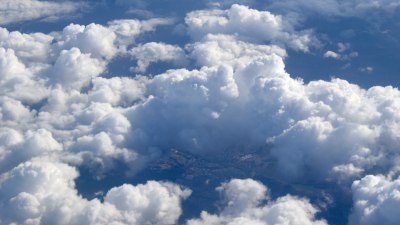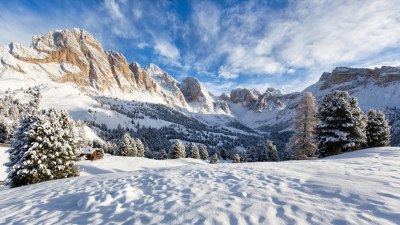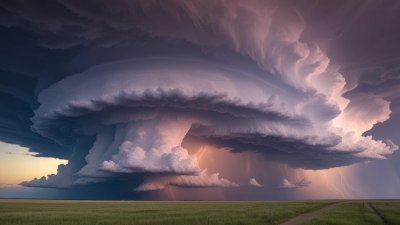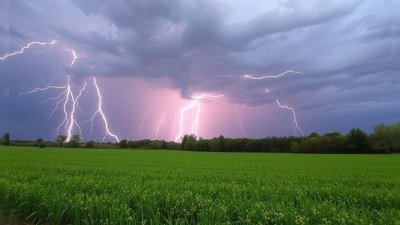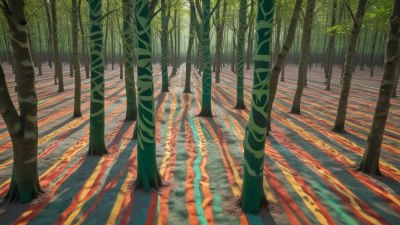What Causes Ice Fog in Arctic Regions
Explore the science behind ice fog formation and its impact in Arctic regions.
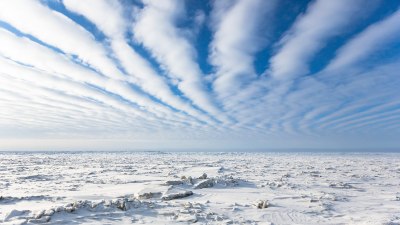
Ice fog, a weather phenomenon often observed in Arctic regions, occurs when extremely low temperatures lead to the formation of ice crystals suspended in the air. This phenomenon is not merely an atmospheric oddity but rather a clear indication of the unique weather patterns present in these frigid locations. Several factors contribute to the occurrence of ice fog, beginning with the frigid temperatures characteristic of Arctic climates. In regions where air temperatures drop significantly below freezing, typically to around -20°F (-29°C) or colder, the air holds very little moisture. However, even minimal amounts of moisture can result in the formation of ice fog under the right conditions.
One primary cause of ice fog is the presence of water vapor in the air. When the temperature decreases and approaches the dew point, water vapor can condense into tiny ice crystals. This phenomenon is further exacerbated in regions with high humidity levels, where even small fluctuations in temperature can lead to significant amounts of ice crystal formation. The air becomes saturated with water vapor, and when temperatures drop below the freezing point, these vapor molecules transition directly into solid ice particles, leading to the appearance of fog.
The mechanics of ice fog can often be observed in the surroundings of large bodies of water, where localized humidity can play a significant role. As water evaporates from these bodies, increased humidity can contribute to the likelihood of fog forming. In addition, the temperature gradient between the warm water surface and the cold air above it can create an environment prone to ice fog. The resultant fog can appear thick and dense, obscuring visibility and laying a beautiful but hazardous layer of frost on the landscape.
Atmospheric inversions are another key factor in the development of ice fog. In a typical vertical temperature profile, air temperature decreases with altitude. However, during an inversion, a layer of warmer air traps colder air below it, particularly in valleys where cold air tends to settle. This trapped, cold air can linger at low altitudes, leading to increased humidity and eventually resulting in ice fog formation. The inversion layer creates stagnant conditions that prevent the dispersion of cold, moisture-laden air, thereby allowing the ice crystals to develop and persist.
Additionally, human activity plays a significant role in ice fog occurrence, particularly in populated Arctic regions. In places such as Barrow (Utqiaġvik), Alaska, or other towns with industrial activities, emissions from vehicles and heating systems can release water vapor and other pollutants into the atmosphere. This release can create clouds of ice fog, often exacerbating the already challenging weather conditions in these regions.
Ice fog is not just a fascinating atmospheric phenomenon; it has important implications for both the local ecosystem and human activities. The presence of ice fog can affect transportation, as roadways and runways can become hazardous if visibility drops significantly. Aircraft operations may also be influenced, particularly in smaller regional airports that may not be equipped to deal with such weather conditions.
Moreover, the ecological impacts of ice fog can be profound. The Frost, deposited by ice fog, can benefit some plant and wildlife species adapted to Arctic climates by providing moisture and insulation during the harsh winter months. However, this same phenomenon can deter other species that are less tolerant to extreme cold and icy conditions.
In conclusion, ice fog is a complex phenomenon driven by a variety of atmospheric conditions, including temperature, humidity, and human activities. It is essential for residents and researchers in the Arctic to understand the formation mechanisms of ice fog as they can have significant impacts on both daily life and ecological dynamics. Future research into ice fog could provide further insights into how climate change may alter Arctic weather patterns and impact the prevalence of such phenomena in the coming decades.
